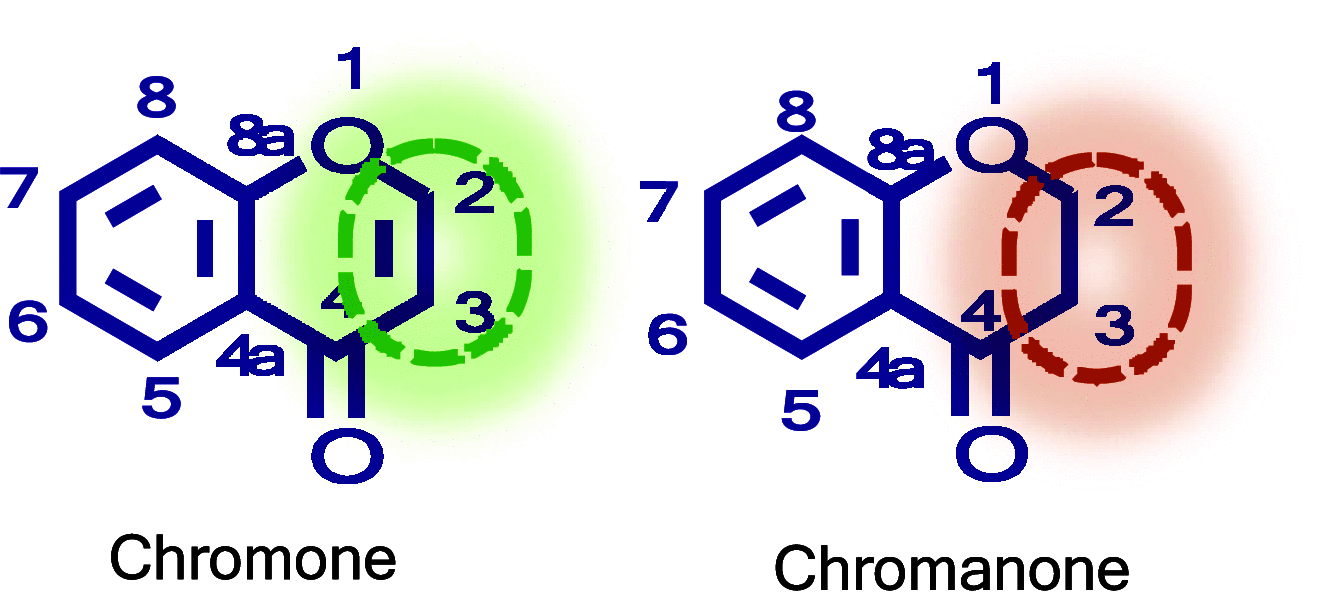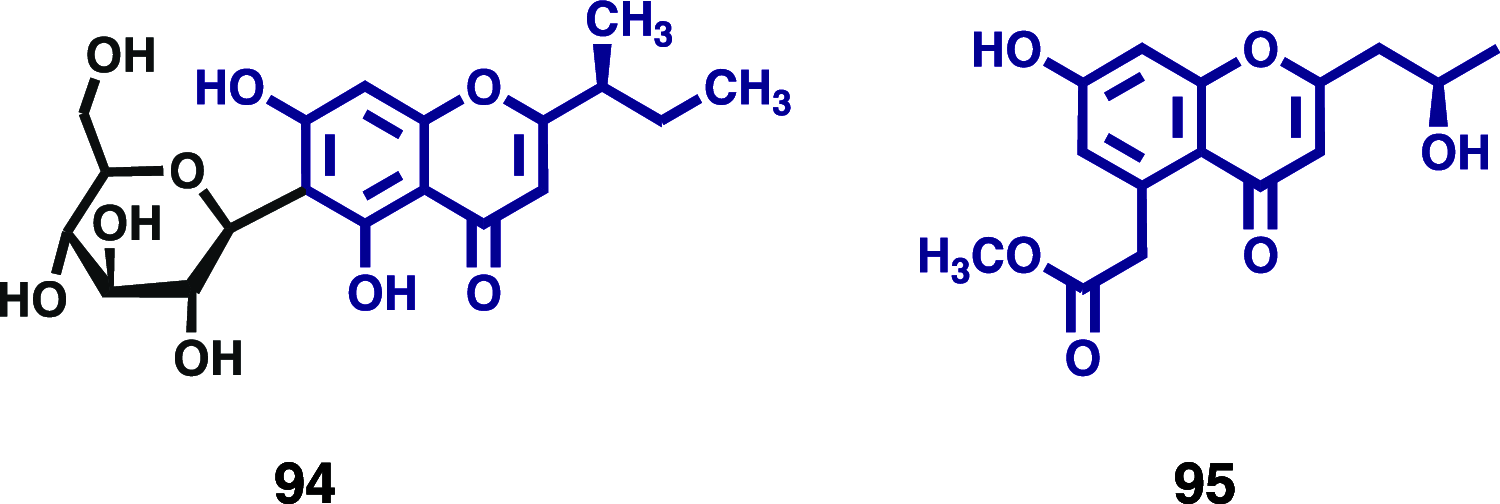Biological and Medicinal Properties of Natural Chromones and Chromanones
- PMID: 38799321
- PMCID: PMC11112580
- DOI: 10.1021/acsomega.4c00771
Biological and Medicinal Properties of Natural Chromones and Chromanones
Abstract
Emerging threats to human health require a concerted effort to search for new treatment therapies. One of the biggest challenges is finding medicines with few or no side effects. Natural products have historically contributed to major advances in the field of pharmacotherapy, as they offer special characteristics compared to conventional synthetic molecules. Interest in natural products is being revitalized, in a continuous search for lead structures that can be used as models for the development of new medicines by the pharmaceutical industry. Chromone and chromanones are recognized as privileged structures and useful templates for the design of diversified therapeutic molecules with potential pharmacological interest. Chromones and chromanones are widely distributed in plants and fungi, and significant biological activities, namely antioxidant, anti-inflammatory, antimicrobial, antiviral, etc., have been reported for these compounds, suggesting their potential as lead drug candidates. This review aims to update the literature published over the last 6 years (2018-2023) regarding the natural occurrence and biological activity of chromones and chromanones, highlighting the recent findings and the perspectives that they hold for future research and applications namely in health, cosmetic, and food industries.
© 2024 The Authors. Published by American Chemical Society.
Conflict of interest statement
The authors declare no competing financial interest.
Figures

















References
-
- Ganesan A.An Uneasy Past but a Glorious Future. In Combinatorial synthesis of natural product-based libraries. In Combinatorial Synthesis of Natural Product-Based Libraries, 1st ed.; Boldi A.M.E., Ed.; CRC Press, 2006.
Publication types
LinkOut - more resources
Full Text Sources
Molecular Biology Databases
